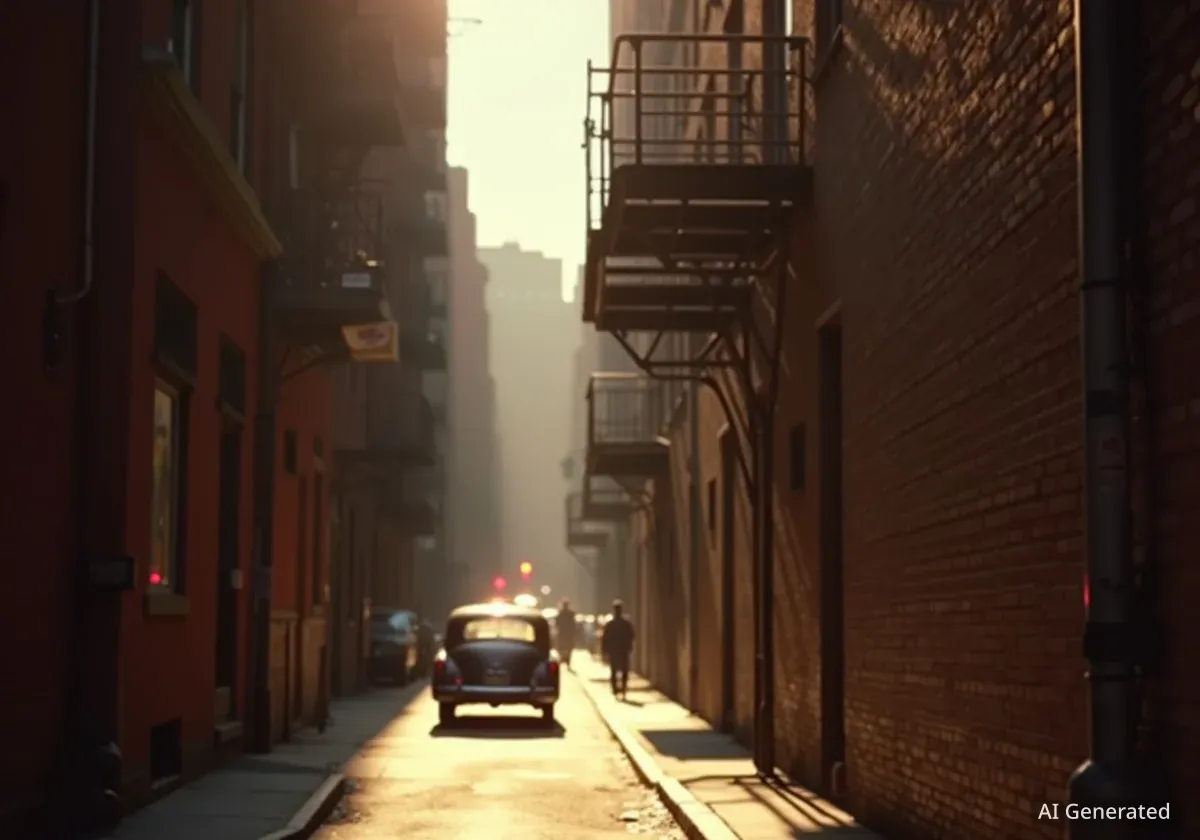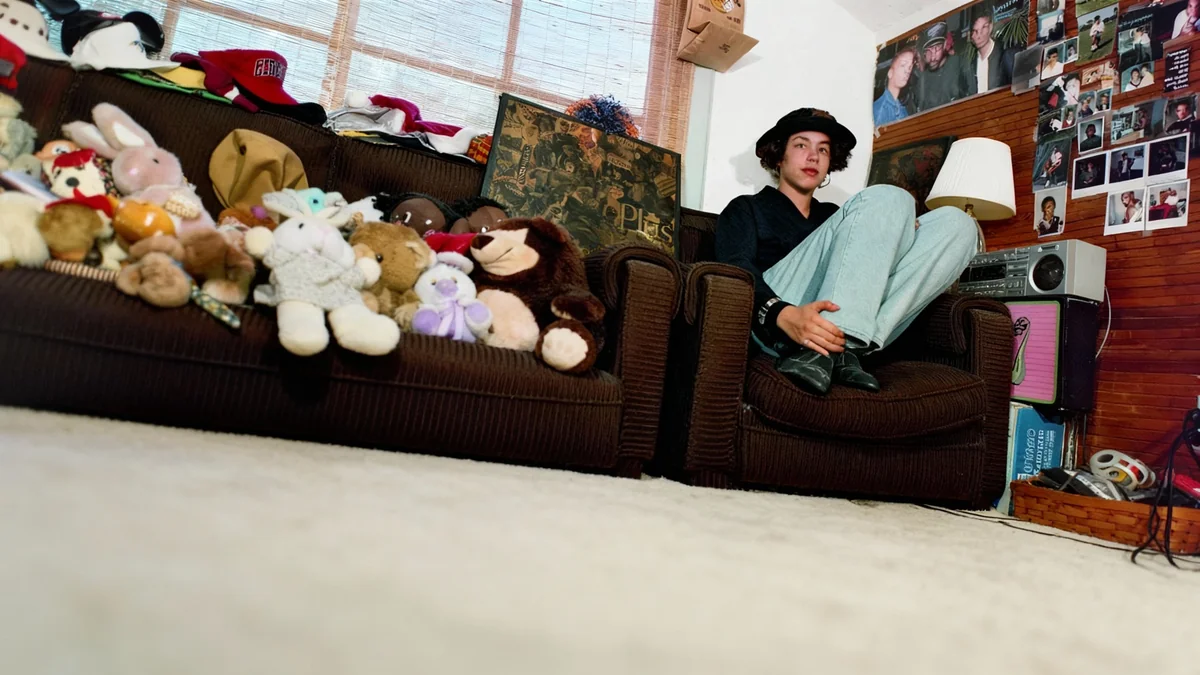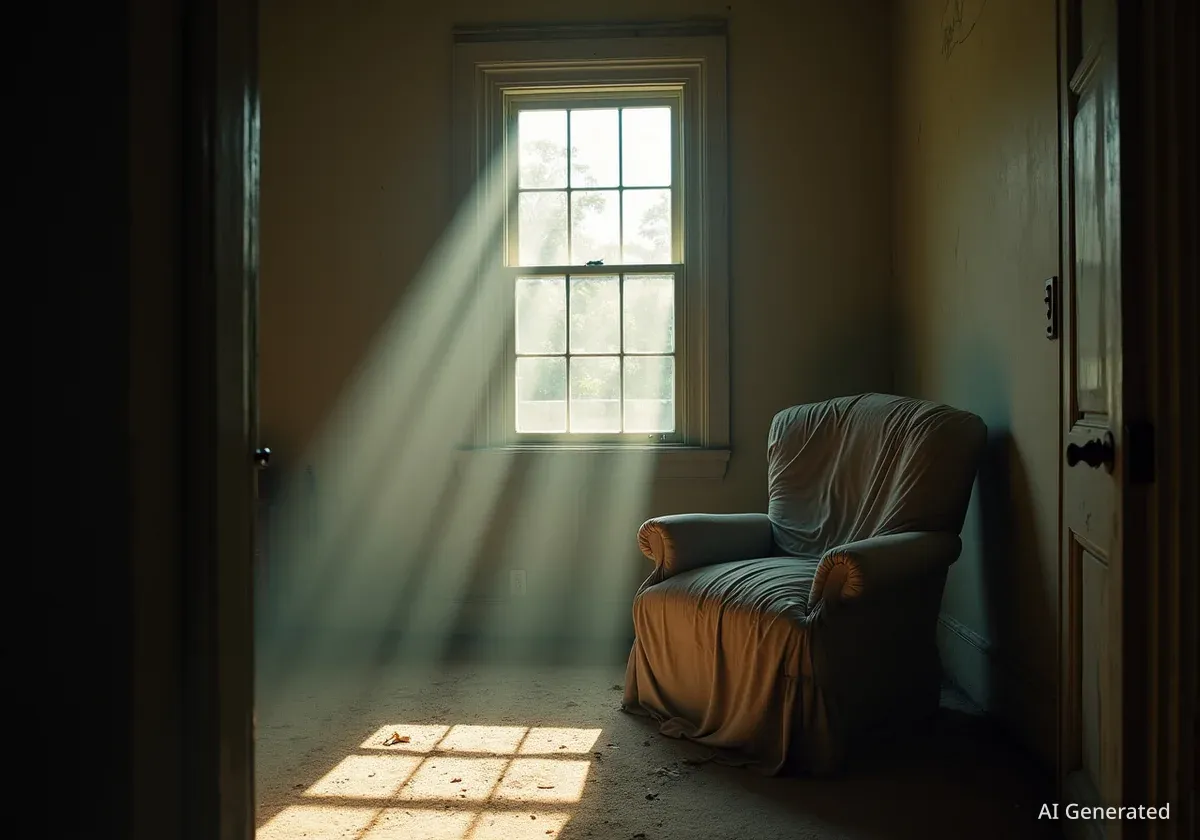In the late 1970s, photographer Merrick Morton gained rare access to the Metropolitan State Hospital in Norwalk, Los Angeles County. Tasked initially with a short-term project, Morton extended his stay to 18 months, capturing the daily lives of patients, staff, and volunteers within the psychiatric facility. His compelling images offer a unique glimpse into a significant period for mental healthcare institutions.
Key Takeaways
- Photographer Merrick Morton spent 18 months documenting Metropolitan State Hospital in the late 1970s.
- His initial grant aimed to create a presentation to recruit volunteers for patient socialization.
- Morton gained access to locked chronic and acute wards, primarily on weekends.
- The project evolved beyond its original scope, becoming an extended, immersive documentation.
- The photographs reveal both the challenges and moments of human connection within the institution.
Unprecedented Access to Metropolitan State Hospital
Merrick Morton began his work at Metropolitan State Hospital in 1979. He received a California state grant for the project. The grant's purpose was to document the hospital's Volunteer Program. The goal was to create a slide presentation to encourage public participation in patient socialization.
The Metropolitan State Hospital, located in Norwalk, Los Angeles County, opened its doors in 1916. It remains operational today. Morton's assignment provided him with an extraordinary level of access. He was given a passkey to both chronic and acute locked wards. This allowed him to move freely within areas typically restricted to outsiders.
"I was issued a passkey to both chronic and acute locked wards," Morton explained. "I mainly photographed on the weekends when the admin offices were closed."
Fact File: Metropolitan State Hospital
- Location: Norwalk, Los Angeles County
- Opened: 1916
- Current Status: Still operational, though parts show disrepair
- Purpose (1979): Psychiatric care and rehabilitation
An Extended Immersion into Hospital Life
The initial project was set for a short duration, approximately three to four weeks. Morton's role was to photograph patients, staff, and volunteers. However, his time at the hospital extended far beyond this initial timeframe. He recounts becoming "lost in the system," which allowed him to continue his documentation for a year and a half without the main administration's knowledge.
During this extended period, Morton built relationships. He became friends with both the staff members and certain patients. This personal connection likely contributed to the depth and intimacy of his photographs. He was able to capture a wide range of human experiences within the hospital's walls.
His prolonged presence ended only when new staff members, unfamiliar with him, reported his presence to the administration on a Sunday. This unplanned extension provided a more comprehensive and personal record than originally intended.
Capturing Pain, Joy, and Humor
Morton's photographs are not always easy to view. Some images depict the challenges and distress faced by patients in a psychiatric setting. However, his work also reveals moments of unexpected joy and humor. He found a sense of community among the inpatients and staff. This sense of shared experience became a significant part of his 18-month journey.
He describes the ward's residents and workers becoming like a family to him. This perspective allowed him to portray the human element within a medical institution. His images often show the resilience of the human spirit, even in difficult circumstances.
Historical Context: Mental Healthcare in the 1970s
The 1970s marked a complex period for mental healthcare. Deinstitutionalization efforts were underway, aiming to move patients from large state hospitals into community-based care. However, this transition often faced challenges. Concerns about patient care in facilities like Metropolitan State Hospital were also present. A documentary titled Hurry Tomorrow, filmed around the same time at Norwalk, drew attention to issues such as patient over-drugging. Conditions have improved significantly since that era.
The Legacy of Morton's Work
Morton recently shared these photographs on his Instagram page. The images received widespread attention and emotional responses. Viewers expressed both praise for the documentation and sadness over the scenes depicted. Comments often reflected on the raw honesty of the portrayals.
His work at Metropolitan State Hospital stands as an important historical record. It documents a specific time and place in mental healthcare. These photographs contribute to understanding the lives of individuals within such institutions during that era. Morton's ability to forge connections and gain trust allowed for a truly immersive photographic series.
Beyond this project, Merrick Morton is recognized as a prominent Los Angeles photographer. His career includes taking stills for motion pictures and documenting the lives of Mexican-American mobsters. He also founded Fototeka, an initiative that provided access to the LAPD photo archives. His diverse portfolio highlights his skill in capturing compelling human stories.
- Morton's photos offer a rare look at the inner workings of a 1970s psychiatric hospital.
- The images sparked strong emotional responses upon recent sharing.
- His work contributes to the historical understanding of mental health institutions.
- Morton's career spans various forms of documentary photography.
The collection serves as a powerful reminder of the past. It shows the evolution of mental health treatment and public perception. Morton's dedication to his subjects allowed him to create a body of work that continues to resonate today, prompting reflection on care, compassion, and the human condition.




